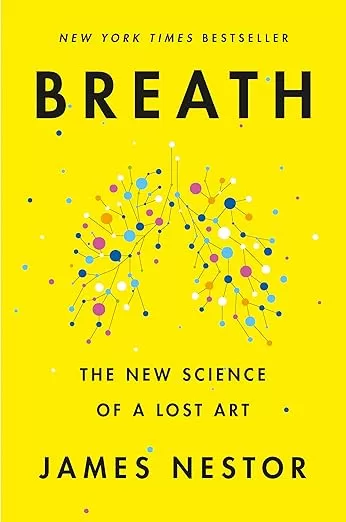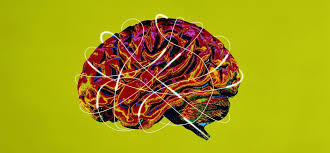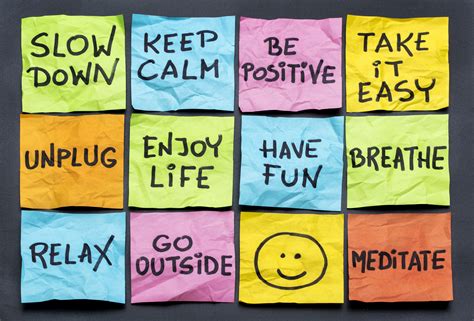
Still Hurting After an Accident? Craniosacral Therapy May Help You Recover

Find Help with a Craniosacral Therapist after head trauma. Written by Sharon Hartnett CST-D Columbus, Ohio
If you’ve been in a car accident, taken a hard fall, or suffered a head injury, you might still be feeling the effects—long after the moment has passed.
Every year, thousands of people in the U.S. experience accidents that leave invisible marks. Car crashes. Ladder falls. Horseback riding injuries. Some walk away feeling lucky—until the symptoms start creeping in.
Lingering headaches. Jaw tension. Brain fog. Dizziness. Chronic neck and back pain. For many, these symptoms don’t show up right away—and when they do, conventional medicine may not offer full relief.
That’s where Craniosacral Therapy (CST) comes in.
? Accidents Are More Common Than You Think
-
Over 6 million car accidents happen in the U.S. every year. Even minor fender benders can cause whiplash or head injuries.
-
500,000+ people are injured annually in ladder falls.
-
Horseback riding leads to 100,000+ injuries a year—many involving the head, neck, or spine.
While emergency care addresses broken bones and life-threatening trauma, many people are left with unresolved tension or dysfunction that lingers long after the body appears “healed.”
? Traditional Medicine Offers Essential—But Sometimes Incomplete—Relief
After an accident, most people turn to:
-
Pain relievers (NSAIDs, muscle relaxants)
-
Physical therapy
-
Rest or immobilization
-
Imaging and diagnostics (MRIs, CT scans)
These treatments are critical. But for people experiencing post-concussion symptoms, chronic headaches, or nervous system overload, the path to recovery can feel frustratingly slow—or stalled.
Migraines, tension headaches, jaw pain (like TMJ), and hypersensitivity can persist long after scans show “nothing wrong.”
? Craniosacral Therapy: A Gentle Support for Deeper Healing
Craniosacral Therapy works with your body’s natural rhythm to release tension stored in the central nervous system. Using a light, therapeutic touch—no more than the weight of a nickel—a trained CST practitioner listens to subtle patterns in the body and helps unwind areas of restriction or shock.
CST may help:
-
Reduce headaches and migraines
-
Ease neck and jaw tension after whiplash
-
Support post-concussion recovery
-
Calm the fight-or-flight response
-
Improve sleep, mood, and focus
Unlike forceful manipulations or invasive treatments, CST creates a safe space where your nervous system can reset and self-correct—especially helpful when trauma is still “held” in the tissues.
? What the Research Says
A growing body of studies supports CST’s role in pain and trauma recovery:
-
One clinical trial showed reduced pain and frequency of migraines after CST compared to traditional massage.
-
Case studies report improvements in post-concussion symptoms, including dizziness, fogginess, and neck pain.
-
CST has been shown to help with cervicogenic headaches, which are often related to trauma in the neck area.
While more large-scale research is needed, evidence suggests CST can be an effective complementary therapy to traditional medical care—especially when symptoms persist beyond the acute phase.
? You Don’t Have to Do It Alone
Healing takes time. Especially after trauma.
It’s normal to feel frustrated when you’re not getting answers—or when others say “you should be fine by now.”
Craniosacral Therapy offers another way. With a Craniosacral Therapist who meets your body where it is, listens deeply, and supports you gently back into balance.
? Ready to Explore a Different Path?
If you’re still hurting after an accident, you’re not alone—and you’re not broken. Your body may just need the right kind of support to fully let go of what it’s been holding.
Reach out today to learn how Craniosacral Therapy can help you reconnect, recover, and reclaim your sense of well-being.
Sharon Hartnett CST-D
614 653-8111
For more answers to questions, go to Craniosacral Therapist Columbus Ohio




